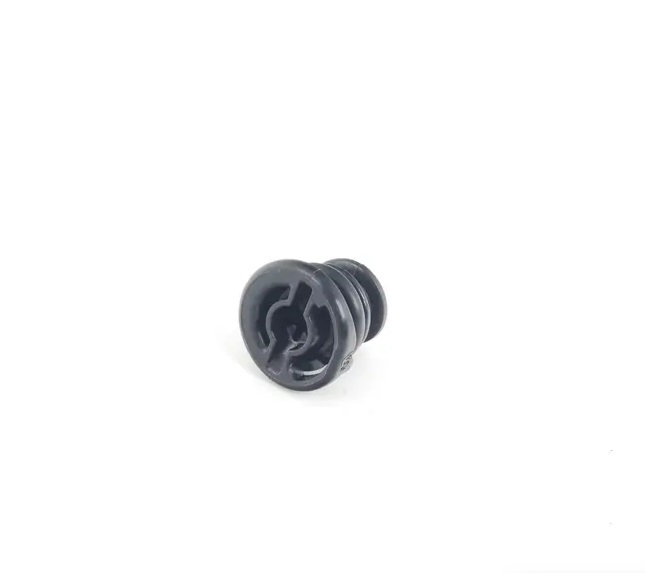Exploring the Differences Between O-Rings and X-Rings in Sealing Applications
Understanding O-Ring and X-Ring Seals A Comprehensive Overview
In the realm of mechanical engineering and sealing technology, O-rings and X-rings are pivotal components used in various applications. From automotive engines to household appliances, these seals play a crucial role in ensuring leakage prevention and maintaining optimal performance. This article delves into the intricacies of O-rings and X-rings, exploring their structures, applications, advantages, and factors to consider when selecting the right seal for your needs.
What Are O-Rings?
An O-ring is a circular elastomeric sealing element that looks like a torus (donut shape) and is designed to fit into a groove between two components. O-rings are typically made from a variety of materials, including rubber, silicone, and thermoplastics, each chosen according to the specific application requirements such as temperature, pressure, and chemical exposure.
O-rings are primarily used for static and dynamic sealing applications. In static applications, O-rings prevent the escape of fluids and gases between stationary parts, while in dynamic applications, they provide a seal between moving components, such as pistons and cylinders. Their simplicity in design, low cost, and ease of installation make them a popular choice across many industries.
The X-Ring An Advanced Alternative
The X-ring, also known as quad-ring or square ring, takes seal design a step further. It features a unique four-lobed profile that resembles the shape of an X when viewed in cross-section. This design provides several advantages over traditional O-rings.
One of the primary benefits of X-rings is their ability to maintain a better seal under various conditions. The four lobes allow for a larger contact area with the mating surfaces, which reduces the likelihood of leakage even under high pressure or temperature fluctuations. Additionally, X-rings tend to be more resistant to extrusion (the tendency of a seal to be forced out of its seating space), thus enhancing their longevity and reliability in challenging environments.
o ring x ring

Applications of O-Rings and X-Rings
Both O-rings and X-rings are employed in an extensive range of applications, from automotive to aerospace and everything in between. O-rings are commonly found in hydraulic systems, fuel systems, and water seals due to their effective sealing capabilities. They are also used in medical devices, food processing equipment, and pumps.
X-rings, while often used in similar applications, are particularly beneficial in situations where high performance is crucial. For instance, their use is prevalent in high-pressure systems, fluid power applications, and situations requiring extended seal life. Industries such as oil and gas, pharmaceuticals, and food and beverage benefit significantly from X-ring designs.
Choosing the Right Seal
When deciding between O-rings and X-rings, several factors should be considered. First and foremost is the application's specific requirements, including temperature ranges, pressure levels, and the type of media being sealed (such as oil, gas, or corrosive fluids). Compatibility with materials and the physical dimensions of the sealing groove are also essential in ensuring a proper fit.
O-rings are often the go-to option for standard applications due to their cost-effectiveness and availability. However, if the application requires enhanced performance, particularly in high-stress conditions or where extended service life is necessary, X-rings may be the more suitable choice.
Conclusion
In conclusion, O-rings and X-rings are integral components in modern mechanical systems, each with its unique advantages. Understanding their differences and appropriate applications can significantly impact the performance and reliability of various machines and devices. Whether you're an engineer seeking effective sealing solutions or a manufacturer aiming to optimize your products, considering the right sealing technology is essential for success. By carefully evaluating your specific needs and the characteristics of each type of seal, you can ensure that your machinery operates smoothly and efficiently, maximizing both performance and longevity.
-
Simplifying Oil Changes: A Comprehensive Guide to Oil Drain Plugs and Their Variants
News Aug.04,2025
-
Mastering Oil Drain Maintenance: Solutions for Stripped, Worn, and Upgraded Oil Plugs
News Aug.04,2025
-
Fixing Oil Pan Plug Issues: Leaks, Stripped Nuts, and the Right Replacement Solutions
News Aug.04,2025
-
Everything You Need to Know About Oil Drain Plugs: Sizes, Fixes, and Upgrades
News Aug.04,2025
-
Choosing the Right Oil Drain Plug: A Guide to Sizes, Materials, and Drain Innovations
News Aug.04,2025
-
A Complete Guide to Automotive Drain Plugs: Types, Problems, and Innovative Solutions
News Aug.04,2025
-
The Ultimate Guide to Car Repair Kits: Tools and Essentials Every Driver Should Own
News Aug.01,2025
Products categories















